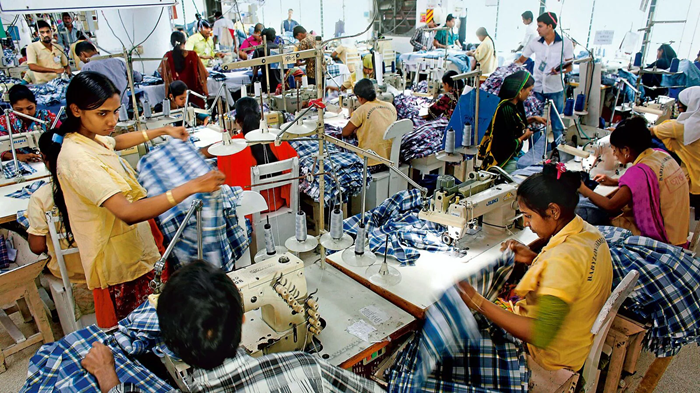
In a significant move Swedish fashion giant H&M has recently moved away from recycled polyester derived from plastic bottles and towards a ‘circular’ solution – recycling textiles from pre-worn clothing and offcuts. H&M's $600 million investment in Syre a startup specializing in textile-to-textile recycling, signals a potential decline in demand for recycled polyester from plastic bottles. This shift has significant implications for the recycled fiber market and the future of circular fashion.
Impact on recycled fiber market
On the production side, H&M’s approach aims to create a closed-loop system within the fashion industry. However, this move could impact companies like Unifi, whose Repreve material relies heavily on PET bottles. While recycled plastic bottles seemed eco-friendly, the process consumes energy and competes with bottle-to-bottle recycling. Textile-to-textile recycling potentially reduces waste and avoids competition with existing recycling streams.
However, overall demand for recycled polyester is expected to rise as consumers and brands increasingly prioritize sustainability. The demand for recycled polyester is driven by consumer and government regulations. H&M's move and similar initiatives by Zara, Puma, and Patagonia suggest a broader industry shift towards circular textile recycling. Meanwhile, governments like those in Europe are also pushing for increased textile recycling through regulations. Companies like Unifi are adapting by ramping up their textile recycling capacities.
As per Textile Exchange currently, 15 per cent of recycled fibers are polyester, with 99 per cent coming from PET bottles. Meanwhile H&M aims to source 50 per cent of its materials from recycled sources by 2030. And Unifi, a major recycled polyester producer, plans to convert the equivalent of 1.5 billion old T-shirts into new polyester yarn by 2030.
The future of circular fashion
Indeed, the textile-to-textile approach championed by H&M and others represents a more closed-loop system for polyester. This could significantly reduce waste and environmental impact compared to the traditional bottle-to-garment approach.
Meanwhile Syre's ambitious plan to open 12 commercial plants by 2026 indicates confidence in the scalability of textile-to-textile recycling. However, achieving large-scale adoption will require collaboration between brands, suppliers, and collection/recycling companies.
Challenges while navigating circularity
And, there are many challenges. One major challenge is that of microplastic pollution from synthetic fibers like polyester, regardless of their source. Continued research on reducing fiber shedding and developing filter technologies is crucial. Also, polyester remains a petroleum-based product. Efforts to develop bio-based alternatives or capture carbon emissions from production are needed for a truly sustainable solution. Then significant investments are needed to develop and scale up new textile-to-textile recycling technologies. Innovation in areas like enzyme-based recycling holds promise for a more sustainable future.
Looking ahead, the shift towards textile-to-textile recycling presents a significant opportunity for the fashion industry to become more sustainable. However, addressing microfiber pollution and the inherent limitations of polyester remain crucial challenges. Continued innovation, collaboration, and investment are essential to ensure a truly circular and environmentally conscious future for fashion.












